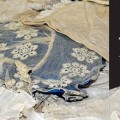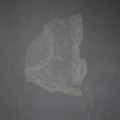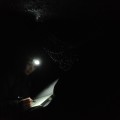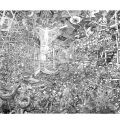Our Imperceptible Universe Exhibition, Being Human Festival 2016
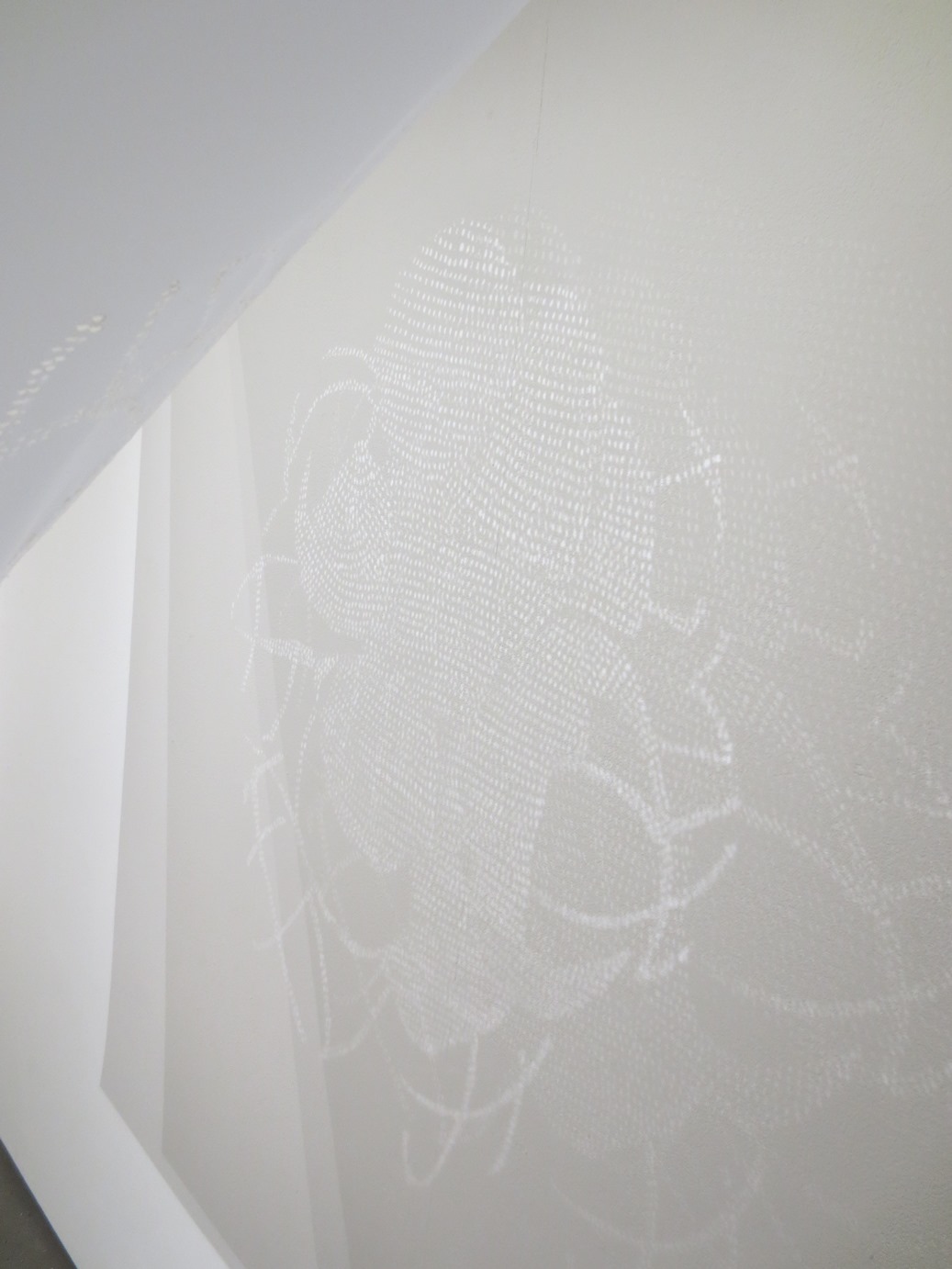
Exhibition at the Blyth gallery, Imperial College London developed out of ‘Dark Matters: An Investigation of Thresholds of (Im)perceptibility across Theoretical Cosmology, Art and Anthropology of Science’, a one-year project based at Lancaster University, funded by an AHRC Science in Culture Innovation Award.
The exhibition was accompanied by an evening of talks led by Dr Sarah Casey, the artist involved in the project ‘ Dark Matters’, and Dr Roberto Trotta, astrophysicist at Imperial College London and author of the award-winning book “The Edge of The Sky”.
The event includes the screening of a 15-minute documentary film about the Dark Matters project which questions our relationship to the curious and terrifying imperceptible forces shaping our universe. What does it feel like to sense deep time or see the light fossils of activity that happened 13 billion years ago?
The film is followed by talks by Roberto Trotta and Sarah Casey, and a Q&A with the public. All those attending the talks and screening are invited to attend the public opening reception of the exhibition,‘Dark Matters: Our Imperceptible Universe’ in the Blyth Gallery nearby.
The emergent drawings explore light, our messenger of information from the early universe. Cosmologists speak of ‘light fossils’, traces of old light etched into the fabric of our cosmos which act as clues to the physical processes that shaped the universe we know today. Cosmology might be likened to forensics – an activity of piecing together information, using experience and theory to make the most probable story. A radical archaeology; we are after all talking about remoteness in time as much as remoteness in space. Tony Godfrey has described drawing as a form of archaeology, ‘an archaeology of act of touching’. Drawing is an activity of marking, of leaving a trace and inscription that carries within it the time of its making and the touch of the maker. In this way, drawings in their creation, ultimately address states of being and not being. In drawing, the drawer is bringing something into being, giving presence to an idea, making visible the invisible, the thought, the idea, and inscribing it into the world. The drawing both has a presence of its own, and invokes the presence of an absent other: it is both, paradoxically, present and absent. These ideas inform the drawings here which are stimulated by ideas of parallel worlds, perhaps pressed close up to our world but ultimately inaccessible.
Many of the works rely on indirect viewing or have arrived out of counter intuitive process. These works try to articulate a sense of relationship- or knowing- that comes in and out of orbit. They muse over the idea of a ‘withdrawn object’ or ‘dark object’, as described by the speculative realist, Levi Bryant. Museum artefacts, which are materially present yet keep their past to themselves, offer poetic parallels with the cosmologically imperceptible. For instance, the parallel universes that we can never know and other phenomena beyond the reach of light. It is no accident that these drawings are elusive. Rather than reveal the image of a subject, they are enigmatic, offering only fragments and glimpses, which seem to thwart viewing. They seek not to depict the look of these dark objects, but the sense of uncertainty and mystery we sense on encountering them.


